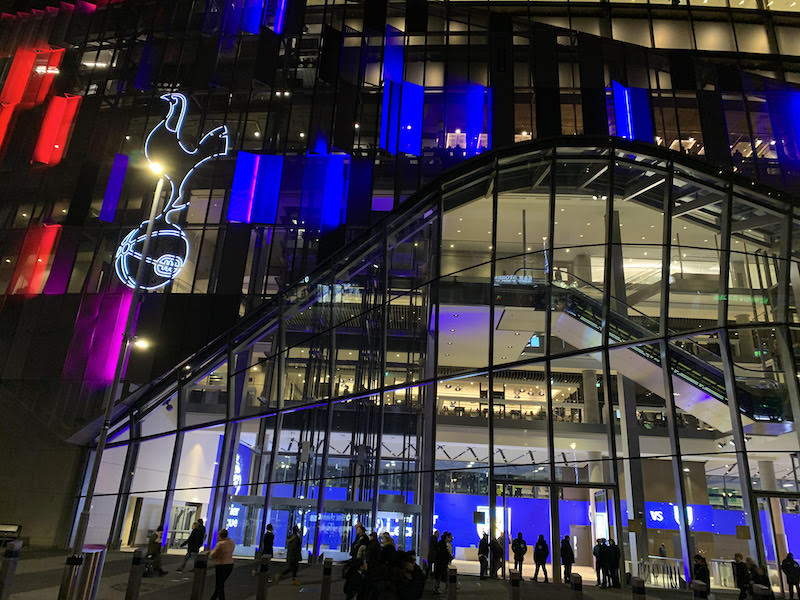By Victor Martins, FootballPredictions.NET, 14:21 28/09/2020
Updated at: 14:21 28/09/2020

Tottenham Hotspur was founded in 1882, and the club always played their matches at White Hart Lane in North London up until 2017. During a successful period under Mauricio Pochettino, the club released plans to move from their famous old ground into a brand new stadium on the same site.
The club cited many reasons as to why they felt it was necessary to upgrade their home into a modern, state of the art arena. For example, due to their ongoing success on the field, their fanbase around the world was growing rapidly. As the club was starting to compete with those towards the top of the table on the pitch, the Spurs board wanted to compete with them off it, too.
The stadium was officially opened in April 2019 where it hosted its first competitive men’s match between Spurs and Crystal Palace. The Tottenham Hotspur Stadium cost around £1billion to construct and is the third-largest stadium in England, and the biggest club stadium in London.
Modernise White Hart Lane
Tottenham’s former home, White Hart Lane, played host to their matches for 183 years as the club cemented their position as one of the ‘big six’ in England.
Over the years before the decision to build a new stadium was made, the club made many considerations such as upgrading the East Stand at White Hart Lane into a three-tiered stand and moving to different stadiums and locations such as Picketts Lock and the Olympic Stadium in Stratford, London.
Spurs first announced their considerations to redevelop their current site in 2007. The club’s initial plan was for Tottenham to move into the new stadium, while it was partially built, at the beginning of the 2012/13 Premier League season.
However, the project was delayed with several revisions being made which continually pushed the opening date back. Spurs also weren’t fully committed to building a new stadium in Tottenham until 2012, after they had lost their bid to for the Olympic Stadium to West Ham.
Northumberland Development Project
The building of the Tottenham Hotspur Stadium was at the epicenter of the Northumberland Development Project, which saw the development of the Tottenham area in North London.
In October 2013, it was revealed that a new plan was considered for the stadium that was designed by Populous for a multi-purpose arena that had a retractable pitch similar to that of Arizona Cardinals’ home stadium, so that it could host NFL matches.
Wow 😍 #SpursAreHome ⚪️ #COYS pic.twitter.com/YzKrmvruBW
The project covered an area of 20 acres, bordered by Park Lane to the South, Worcester Avenue to the East, Northumberland Park to the North and the High Road to the West. It also included the building of the stadium, the Tottenham Hotspur experience, Lillywhite House, club buildings, 585 new homes, community facilities, retail spaces, and educational establishments.
Tottenham’s Ever-Growing Fan Base
It’s no secret that Spurs’ fan base has grown massively over the past 10 years. With a multi-cultural team, more eyes have been watching Tottenham’s matches all over the world.
Players such as Heung-Min Son from South Korea, prolific home-grown striker Hary Kane and superstar Gareth Bale starring for the north London club help to boost this appeal.
As a result, an upgrade of over 20,000 seats was required to appease those who were waiting patiently on the season ticket holder list.
Rivalling Other Premier League Stadia
As previously mentioned, Tottenham Hotspur Stadium is the third-biggest stadium in England and the biggest club ground in London. This is somewhat a small victory for the club over its rivals in the country’s capital as it gives their fans something else to boast about.
In fact, Spurs’ new home holds slightly more than that of their closet rivals Arsenal. The Emirates Stadium holds slightly less than 61,000 fans whereas Tottenham Hotspur Stadium holds a little over 62,000 fans.